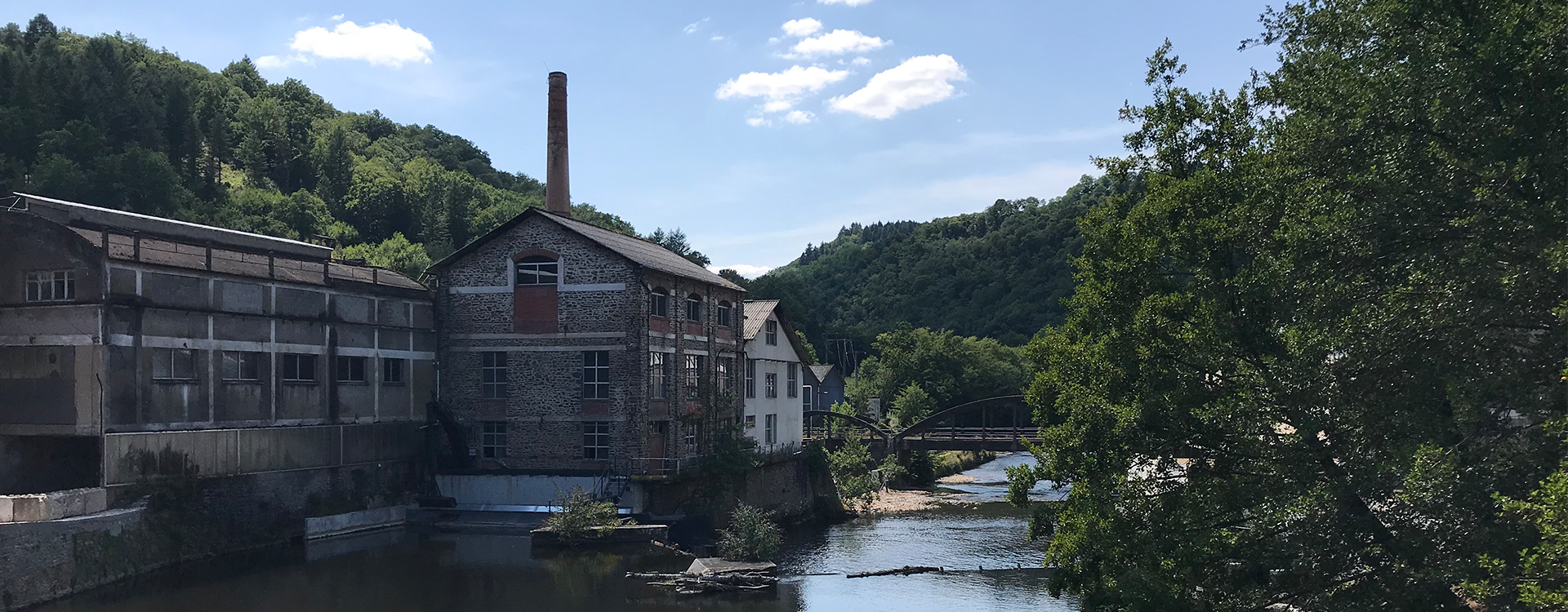Hydroelectric energy
During the 19th century man became familiar with hydroelectric energy by using the driving force of water to transform it into electricity. Hydroelectricity is the first renewable source in France and the second at the national level for all energies combined. It covers about 12% of French electricity consumption in 2020.
Hydroelectricity is a clean energy that does not emit CO2, does not produce processing waste and uses durable equipment. It also respects biodiversity and natural environments by working in synergy with river users (fish, plants ...).
VSB and hydroelectricity!
With a development and construction team dedicated to hydroelectricity projects, VSB supports you in the development of your site, mill or dam into a hydroelectric plant.
As a specialist in run-of-river power plants (small hydroelectricity, power plant <100 MW), VSB brings you all its savoir-faire, from the study to the legal phase up to the commissioning of your site.
To study your installation, we need to know first of all:
- What is the head of the dam (upstream/downstream)?
Minimum 1,5 meter - Does the site benefit from a water right ?
Founded in title: construction prior to 1789
Based on title: construction between 1790 and 1919
Authorization: operation in progress - Is your site active ?
Flour mill in operation? Hydroelectric power station in operation? - Does the site conform to ecological continuity?
Are there facilities for sediment and fish transit?
Types of structures: fish ladder, eel ladder, down-river system, ichtyocompatible turbine - Do you have pictures of the site? Can you give us a location?
FAQ :
1. How small hydroelectricity works ?
The small hydroelectric plants, which are installed over the water, supply the grid year-round. Part of the watercourse is routed inside the plant via a bypass channel. The force of water drives a turbine that drives an alternator that converts mechanical energy into electricity. The water is then returned in watercourses without alteration.
2. Les centrales hydroélectriques sont-elles néfastes pour les poissons ?
Environmental studies are carried out during each hydroelectric project. Moreover, each dam has a «fish pass», allowing fish to run up the stream (migration) or simply bypass the obstacle. Grid plans are also present upstream of the plant to block access to the few fish directed to the diversion channel. The technology is evolving and many turbines are now ichtyocompatible, allowing the survival of the fish in case of unexpected passage in the plant.




